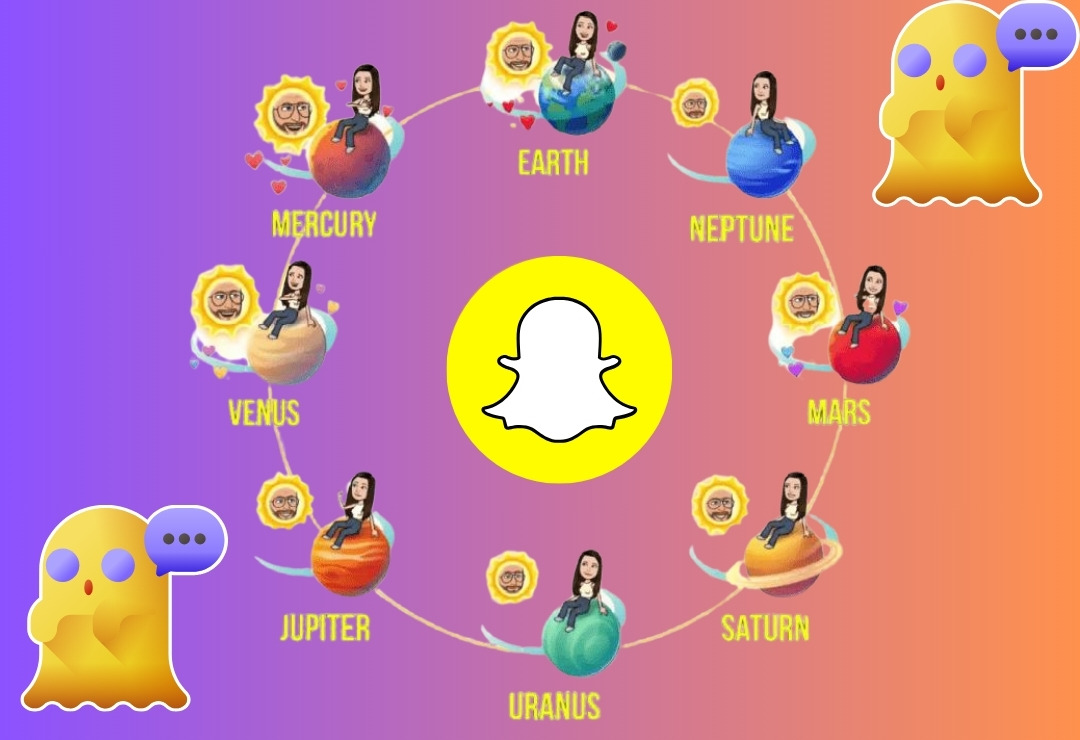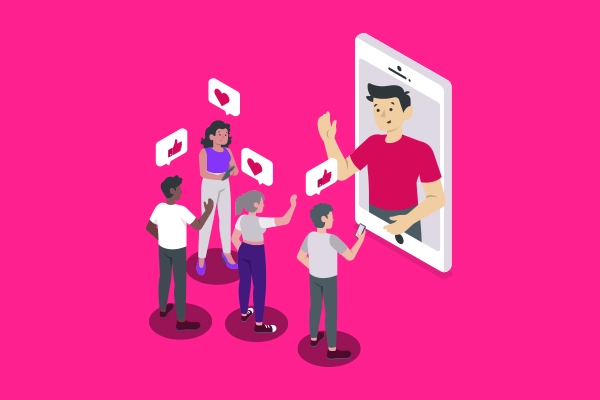Snapchat has long been a trendsetter in the world of social media, continuously innovating how we communicate, share, and interact with our friends. From disappearing messages to quirky filters, Snapchat has created a niche space, especially among younger audiences. Among its newer features, one that has piqued curiosity and sparked discussion is the Snapchat planets concept. But what exactly does it mean? How does it work? And why has it become a hot topic online?
In this article, we’ll dive into the world of Snapchat planets, decode their cosmic language, and explore what this feature reveals about your digital friendships.
What Are Snapchat Planets?
In essence, Snapchat planets are part of the Snapchat Plus subscription service, launched as a premium way to enhance user experience. These “planets” are not celestial bodies in space, but rather symbolic representations of your top friends on Snapchat. The feature creatively uses the solar system as a metaphor to show how close you are to someone based on how often you interact with them.
If you subscribe to Snapchat+, you get access to a variety of exclusive features—including the planets system. This feature visually represents your closest friends using a model that mimics the positions of planets revolving around the sun. Each friend is assigned a specific “planet” depending on how frequently you interact with them, where you are the “sun” at the center of their universe.
How Snapchat Planets Work: A Breakdown
To understand this better, imagine you’re the center of the solar system (the sun), and your top eight friends are assigned positions like Mercury, Venus, Earth, and so on—based on how close you are in terms of interaction frequency.
Let’s break it down with an example:
Mercury
Your #1 best friend on Snapchat is assigned Mercury—the closest planet to the sun. This means you both exchange snaps, messages, and interact with each other the most.
Venus
The second closest friend becomes Venus. You still communicate a lot, but not as frequently as your Mercury.
Earth
This is your third closest friend. Think of it as a solid bond, but not quite as active as your top two.
Mars to Neptune
From Mars (rank 4) to Neptune (rank 8), each represents a descending level of interaction. While you’re still in touch, these friends are less active in your digital orbit compared to your top ones.
This planetary model helps users visualize their friendships, adding a fun, cosmic twist to a rather analytical feature.
How to Access the Snapchat Planets Feature
Only Snapchat+ subscribers have access to the planets feature. Here’s how to enable and use it:
Step-by-Step Guide
- Subscribe to Snapchat+
You can find Snapchat+ in the app’s settings. A small monthly fee unlocks premium features, including Snapchat planets. - Go to Your Friend’s Profile
Tap on the Bitmoji or profile picture of a friend. - Look for “Best Friends or Friends” Badge
If you’re one of each other’s top friends, you’ll see a badge with a planet and sparkles icon. - Tap on the Badge
This opens up the planet view, showing your position in their planetary system or vice versa.
Keep in mind that Snapchat planets are private—only you can see your planetary ranking with a friend.
Snapchat Planets and Emotional Insights
While Snapchat intended this feature to be lighthearted and engaging, it also taps into deeper psychological aspects of digital interaction.
1. Gamification of Friendship
By visualizing friendships in a ranked, cosmic format, Snapchat has gamified how users perceive their relationships. This can be both exciting and anxiety-inducing.
2. Validation and Comparison
Seeing yourself as someone’s “Mercury” can feel validating, but being further out like “Uranus” might trigger comparison or jealousy.
3. Digital Closeness ≠ Real-Life Closeness
It’s important to remember that Snapchat planets are based on digital interaction only. Someone you talk to daily in real life but rarely message on Snapchat might not appear high in the planets system.
Snapchat+ Features Beyond the Planets
Snapchat planets are just one part of Snapchat+. If you’re considering the subscription, here are other features you might enjoy:
- Story Rewatch Count – See how often your friends rewatch your stories.
- Custom App Icons – Personalize your app’s look.
- Snapchat Ghost Trails – Track where your friends were last seen (if they allow it).
- Priority Story Replies – Your replies get more visibility with Snap Stars.
These features collectively offer a more customized and interactive experience for users who want deeper engagement with their social network.
The Cultural Buzz Around Snapchat Planets
Ever since its rollout, Snapchat planets has been trending on platforms like TikTok, Reddit, and Instagram. People are sharing their placements, making jokes about being someone’s “Pluto,” and even creating memes based on planetary positions.
This popularity shows how deeply people care about their digital relationships—and how innovative visualizations like Snapchat planets can capture public imagination.
Why It’s So Relatable
The appeal lies in its simplicity and relatability. Everyone has that one friend they talk to all day and others they connect with occasionally. Representing this using planets makes something intangible feel almost real and measurable.
Are Snapchat Planets Here to Stay?
Snapchat has a history of testing features and retiring them if they don’t stick. However, the early reception of the planets system has been overwhelmingly positive. The combination of nostalgia (solar system), social insight (ranking), and exclusivity (Snapchat+) makes this feature stand out.
That said, the digital world is ever-changing. Snapchat may evolve the planets model further—possibly adding more dynamic animations, integrating story views into the metric, or even creating shared constellations for mutual best friends.
Snapchat Planets vs. Other Social Media “Best Friend” Features
Snapchat isn’t the first to rank friendships, but its visual and metaphorical approach makes it unique. Let’s compare:
Instagram Close Friends
- You select who sees your Close Friends stories.
- Manual control, but no data-driven ranking.
Facebook Top Friends (Legacy Feature)
- Previously offered a list of close friends.
- Now deprecated due to privacy concerns.
BeReal Besties
- Shows who you interact with most.
- Minimal customization and no fun visuals.
Compared to these, Snapchat planets adds creativity and emotion into the mix, blending analytics with personality.
Navigating Friendships in the Age of Snapchat Planets
While Snapchat planets can be a fun way to gauge your digital closeness with someone, they should be taken with a grain of salt. Here’s how to enjoy the feature without overthinking it:
1. Don’t Measure Worth by Planet Rank
Being someone’s Pluto doesn’t mean you’re insignificant. Relationships are complex, and digital metrics can never fully capture emotional depth.
2. Talk About It, Don’t Obsess Over It
If your friend is suddenly no longer your Mercury, it doesn’t mean they’re upset with you. People get busy, or their Snapchat habits may change.
3. Use It to Celebrate Connection
Instead of comparing ranks, use the feature to celebrate how often you connect. Send a message, share a joke, or just say “hey.”
Final Thoughts: Is the Universe of Snapchat Planets Worth Exploring?
The Snapchat planets feature brings a delightful mix of whimsy and insight to the world of digital friendships. It’s a clever way to visualize who you’re closest to on the platform, wrapped in a playful metaphor that resonates with users across generations.
Whether you’re a Mercury in someone’s orbit or floating out as a Neptune, remember that social media is just one layer of connection. The real value lies in how you nurture those relationships—online and offline.
So, is the cosmic journey of Snapchat planets worth taking? Absolutely—just don’t forget to enjoy the stars while you’re out there.



